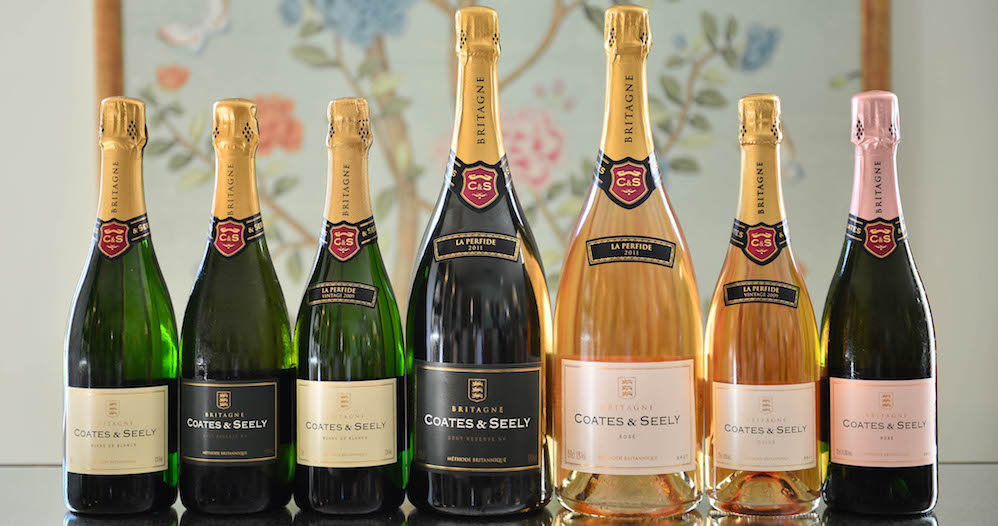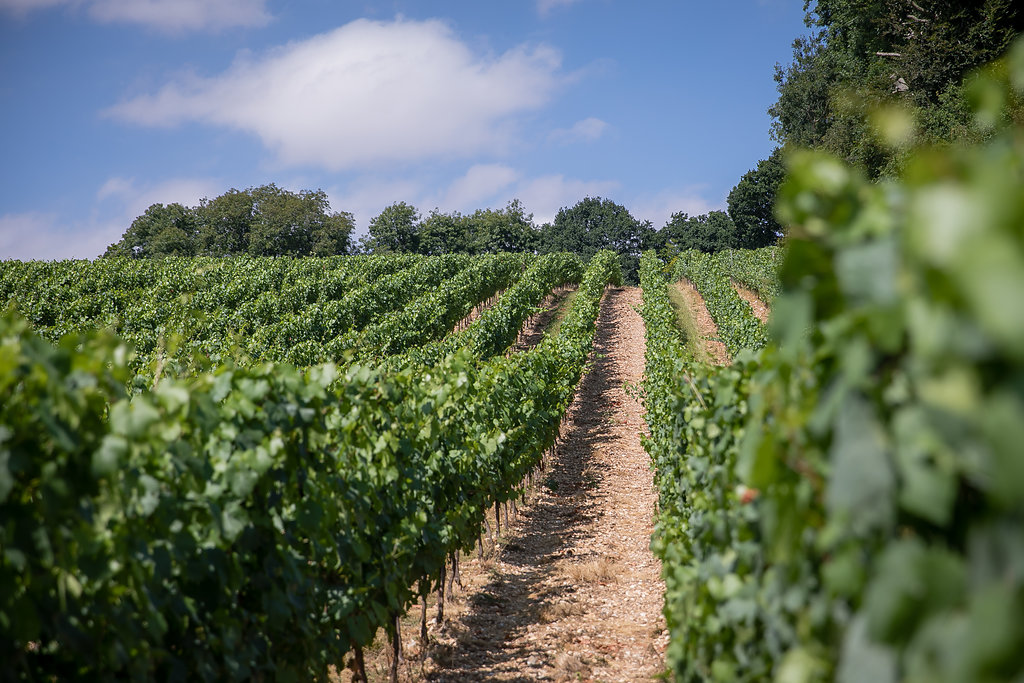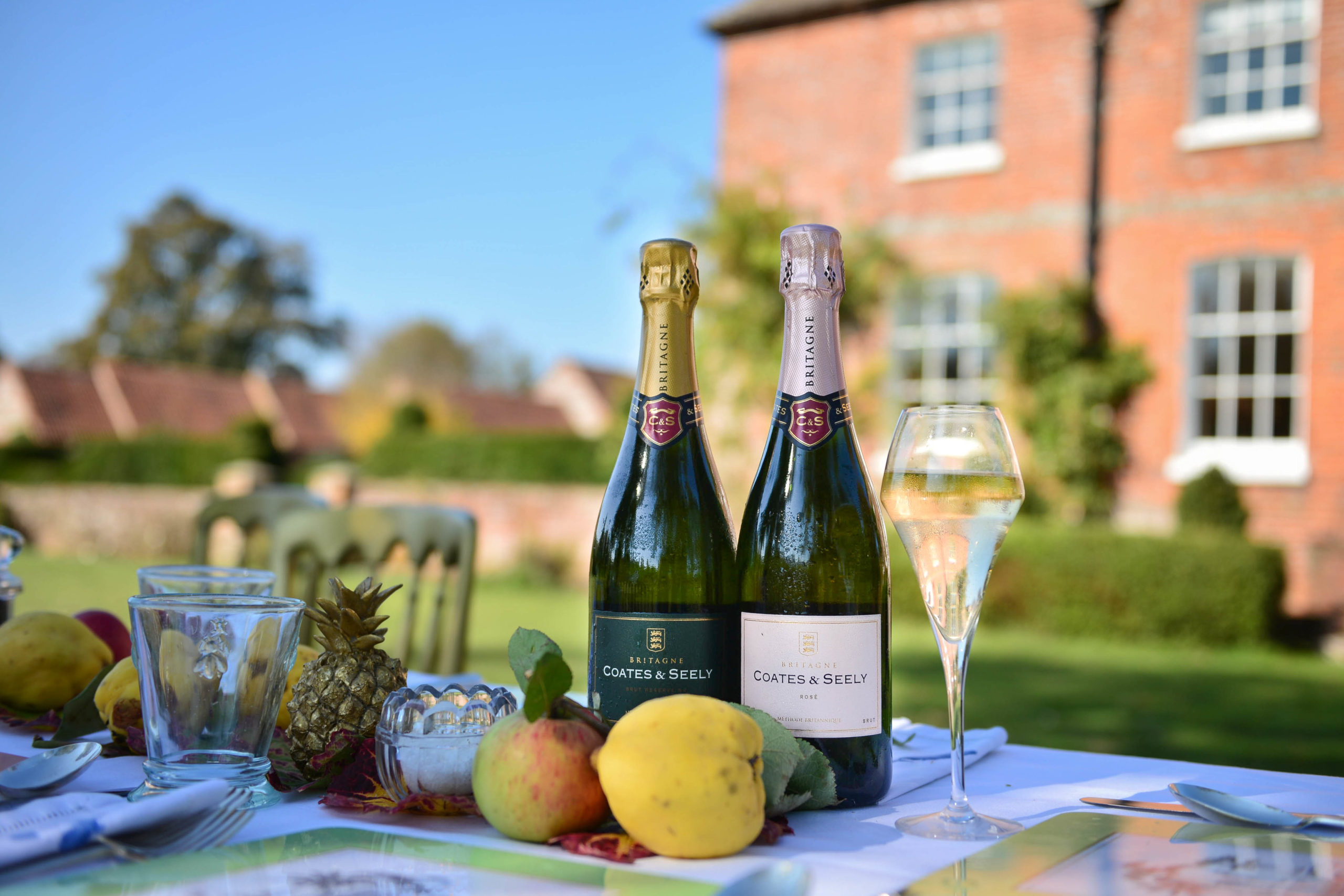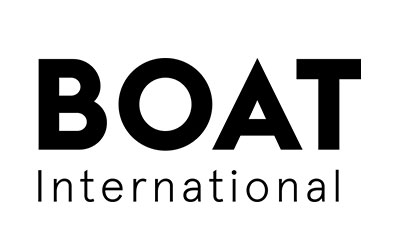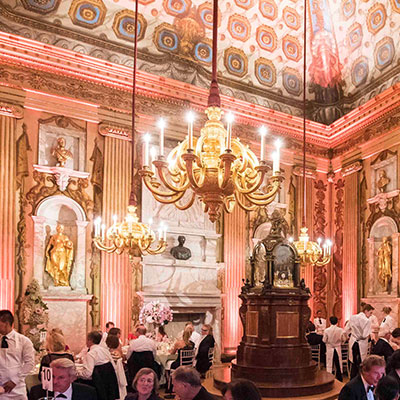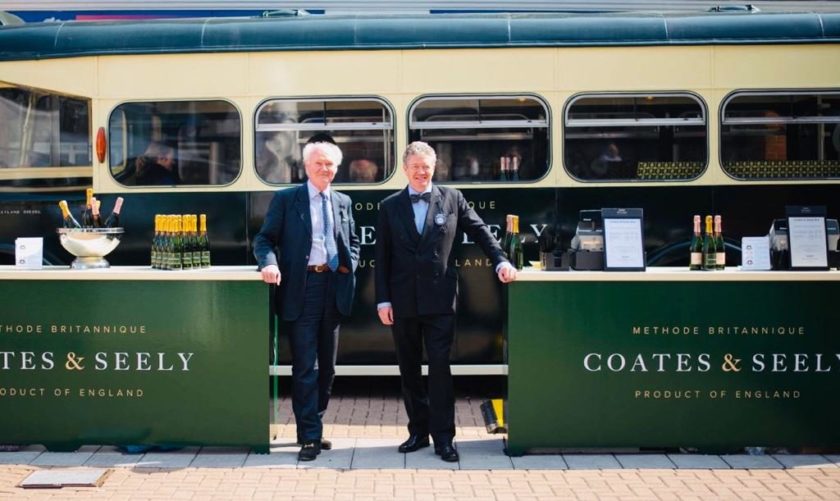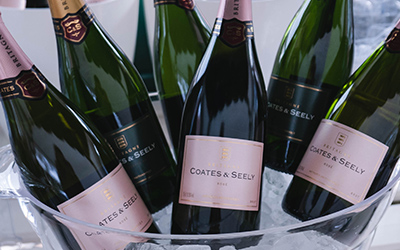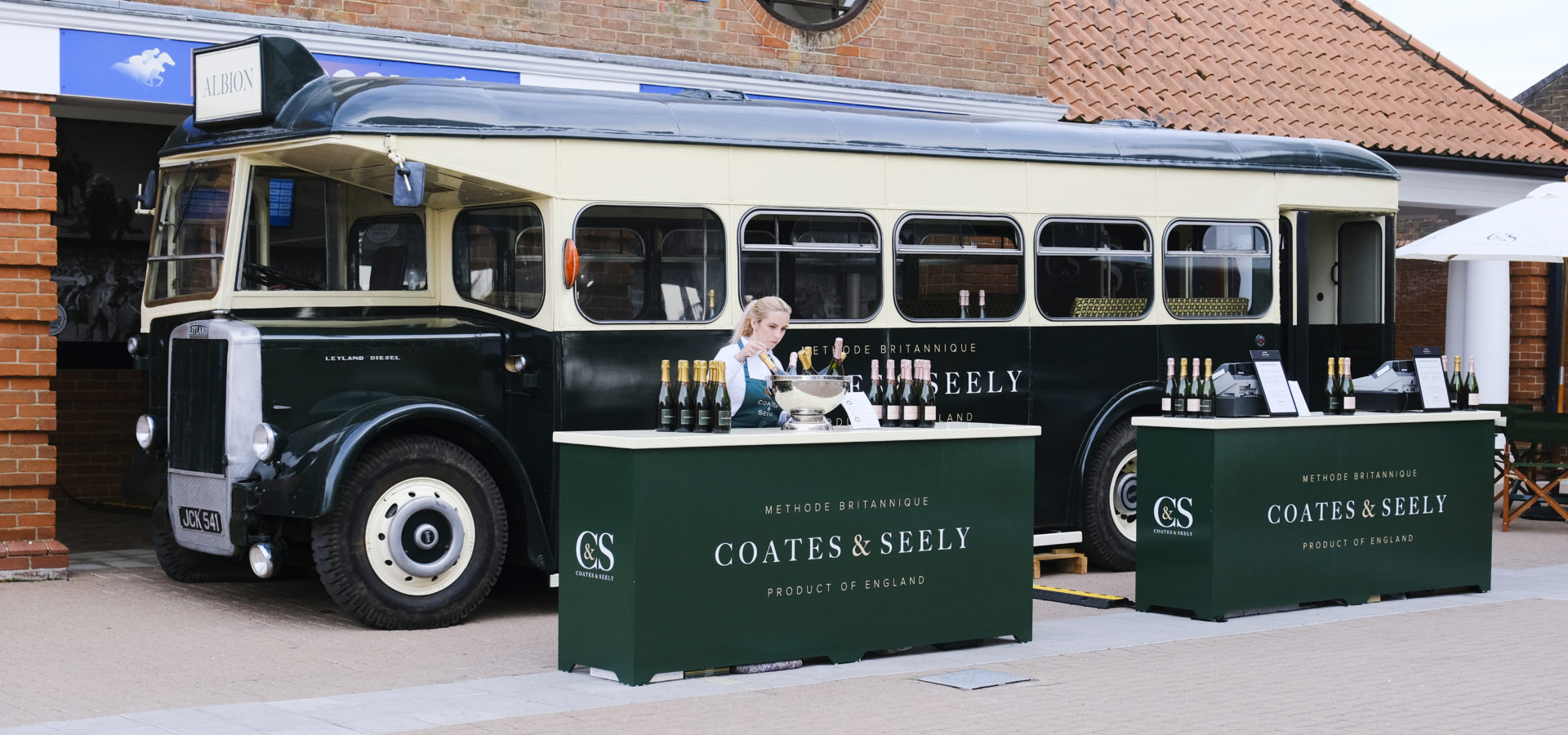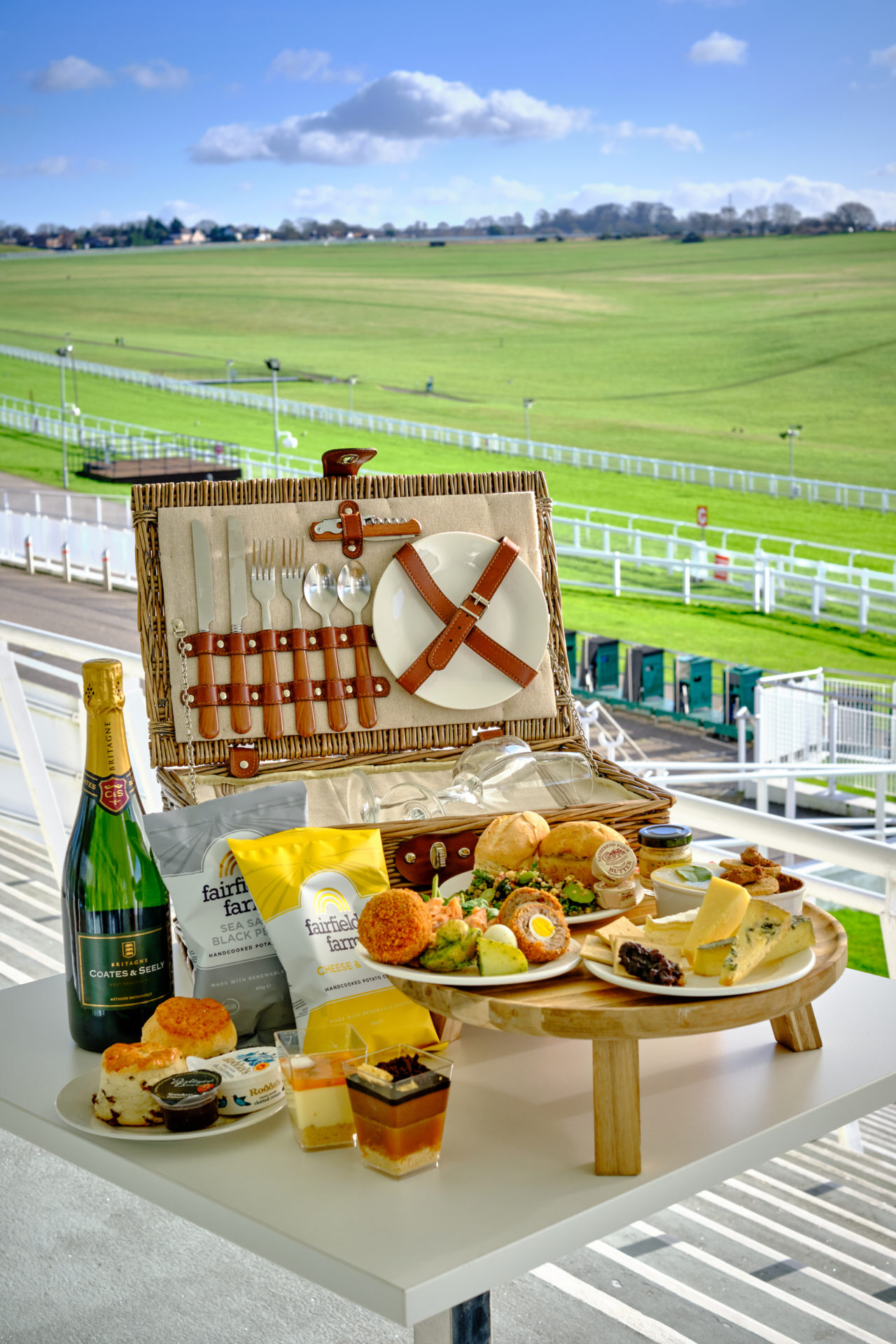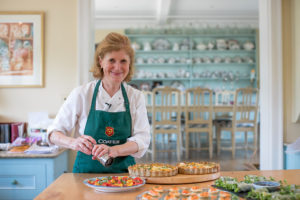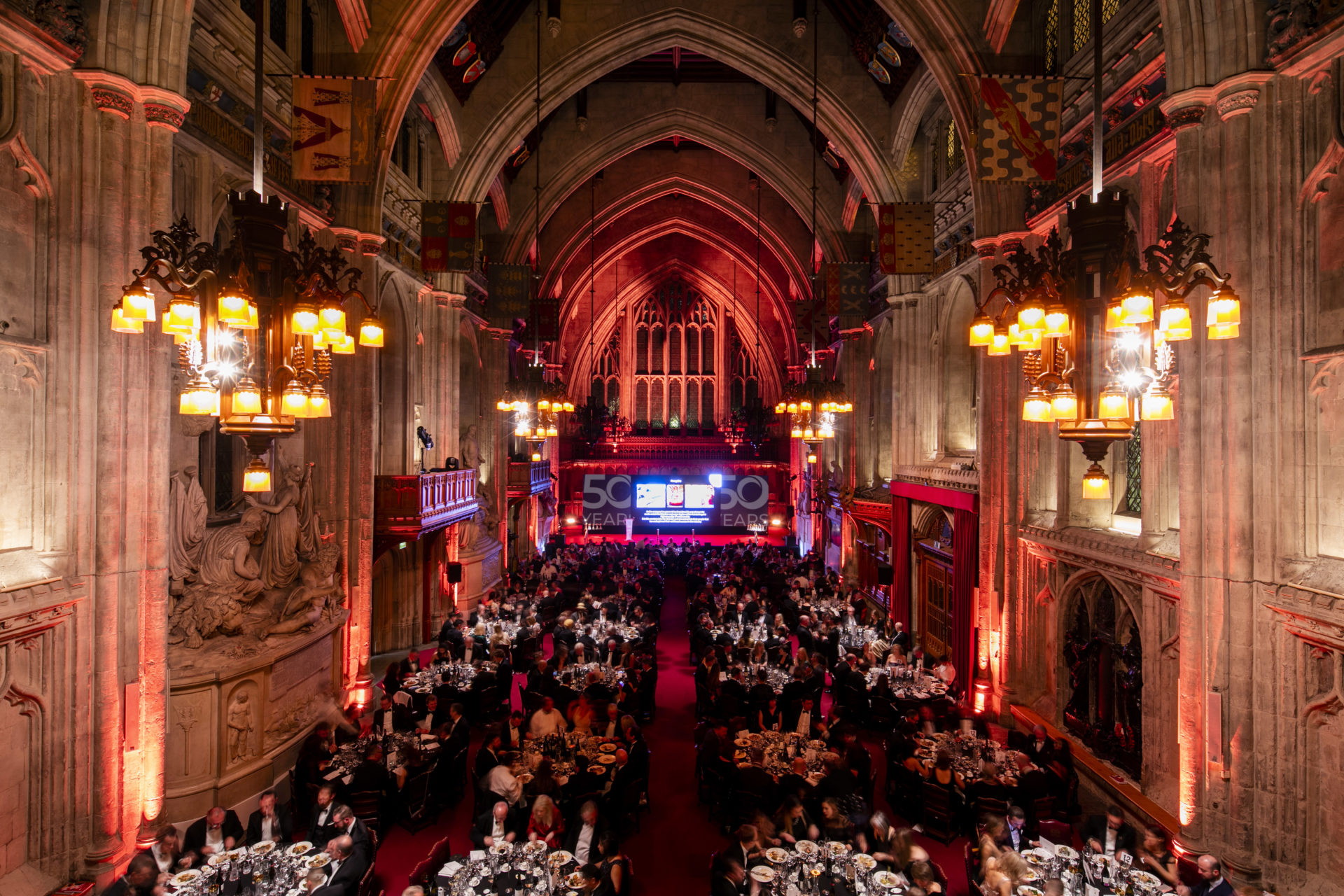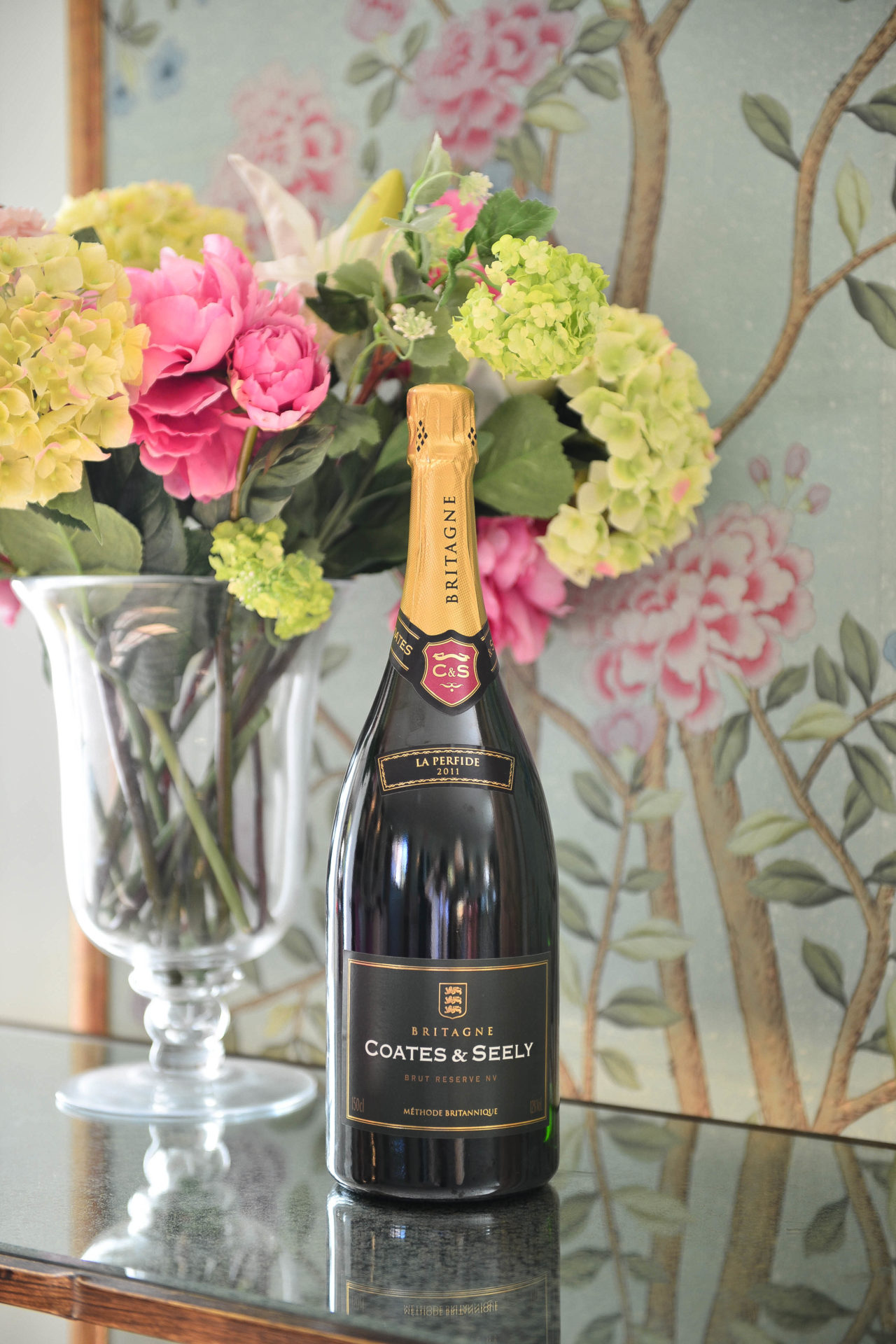The Telegraph: Victoria Moore
According to Wine GB, the future of the English wine industry has never looked rosé-er. But how are things looking on the ground?

“Wine GB had some good news for us this morning. Exports of English wine have more than doubled in a year, rising from 256,000 bottles in 2018 to 550,000 bottles in 2019, which accounts for 10 per cent of all bottles sold, according to new figures released through the Department of Trade and Industry.
The data also shows that English wine is extending its global influence. It is now poured in 40 countries around the world, including the US, which is the primary export market, Norway, and Japan, which accounted for 6 per cent of exports in 2019.
“This is an exciting time for the English wine industry, as exports and e-commerce grow strongly and higher production helps the sector recover from coronavirus,” said Minister for Exports Graham Stuart. But how are things really looking down on the ground? The English and Welsh wine industry has certainly come an excitingly long way in a short time.
Seven years ago I accompanied a band of English wine producers to Dusseldorf where they were exhibiting at Prowein, the world’s largest wine trade fair. It was an early international brand-building exercise, a chance to show sommeliers and the rest of the world’s wine trade that English wine was not just a curiosity but something they might want to buy.
Most of the comments from those who tried it were positive, but many passers-by also registered wry surprise: “Do you grow the vines in greenhouses?” asked one. It wasn’t clear whether he was joking.
English wine is now better known and has passed some important milestones.
Producers are rightly proud of sparkling wines that have won places on the wine lists of Michelin-starred restaurants in France, while the launch of high-end cuvées from the likes of Coates & Seely are positioned to penetrate a luxury market that has long been owned by Champagne, elevating the reputation of the whole industry in the process.
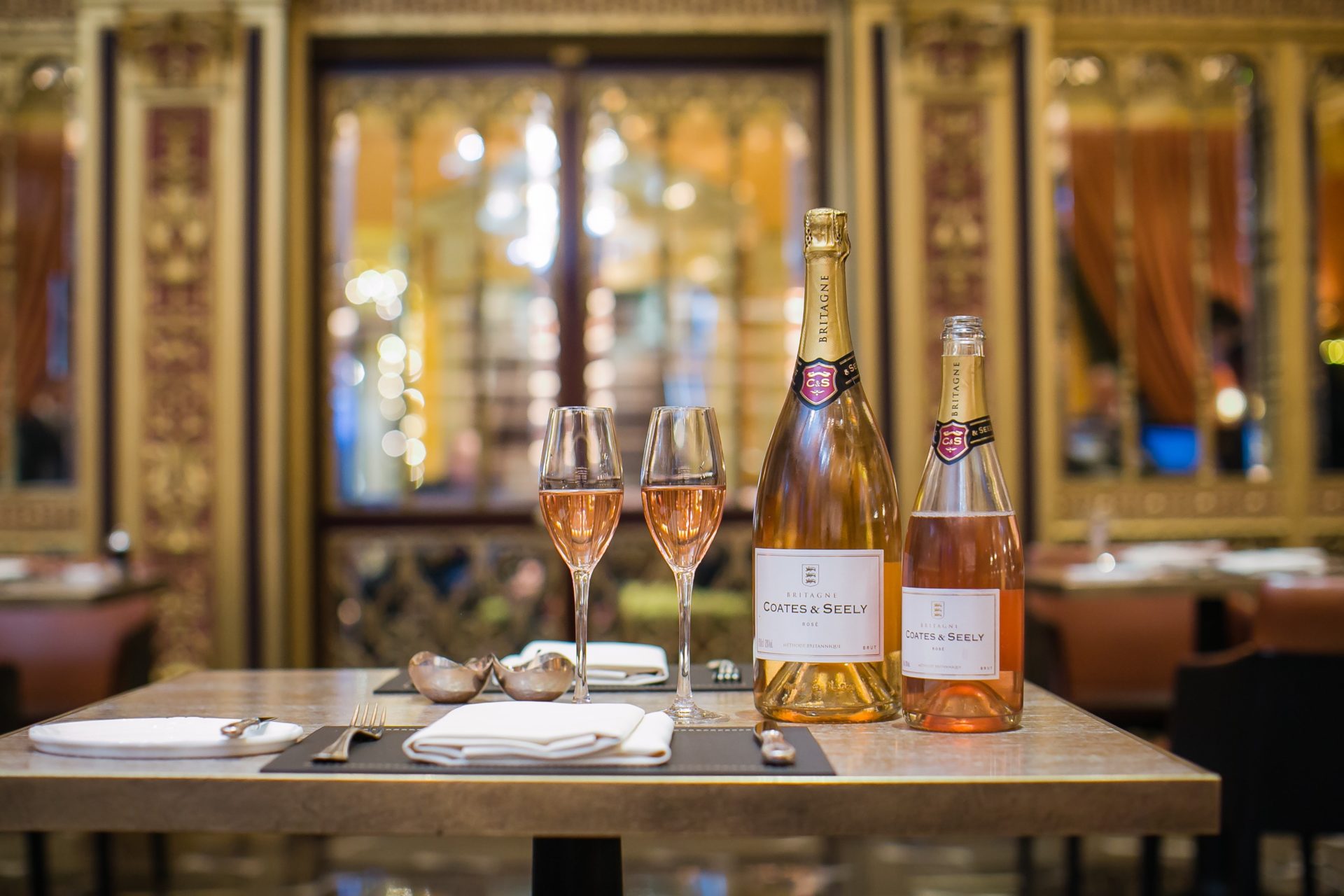
But if the story of English wine is one of rapid expansion and a promising track record of individual successes it is still very early days.
Producers agree that English wine has much to do in terms of consolidating and growing its reputation. “Exports currently represent 15-20 per cent of our current releases and we hope to grow that,” says Mark Driver, co-founder and joint owner of Rathfinny Estate in Sussex.
“So a lot of work is required over the next few years. Although ‘Exporting is Great’, as the government likes to tell us, we will need financial support from the government to build brand awareness overseas.
“At the moment we’re all working collaboratively to promote the sector but it needs serious investment, probably more than we can collectively afford, to build the ‘English Wine’ brand. The UK government needs to invest some of the excise duty they get when we sell our wine in the UK, to help us build the brand overseas.”
Mark Harvey, the CEO of Kent producer Chapel Down, echoes this note of caution and the need for investment: “The early momentum is there [for exports of English sparkling wine] but it’ll take investment and collaboration across the industry to unlock.” He identifies the US as, “the standout opportunity of scale – a large champagne market where Brand Britain is well received – and the early results are positive.”
Production of English and Welsh wine has risen sharply in the last couple of years, partly as a result of new vineyard plantings reaching maturity and partly as consequence of vintage variation. In 2018, a record-breaking year, enough grapes were picked to make 13.11m bottles of wine, up from 5.9m in 2017, 4.15m in 2016 and 5.06m in 2015. The most recent 2019 harvest was also ample, with a production equivalent to 10.5m bottles.
Higher production figures are both an opportunity and a concern. In previous years, attempts to build export markets have been hampered by a lack of wine to sell. But there are also fears that such a sharp increase could lead to an over-supply when the sparkling wine comes to market, which is typically around three years after harvest.
Needless to say, in 2020 there are additional challenges. The choppy waters caused by Covid-19 and the uncertainty and potential costs of Brexit are not easy to navigate. Many English wine producers have built high-end reputations around dining out and the “season” – events such as horse-racing and tennis – and this sector has been badly hit by the year’s closures. “This situation has turned everything I knew about building a brand on its head,” says one producer who is now re-evaluating the next move.
If this year has taught us anything, it’s that you can’t see what’s coming round the next corner. But wine producers in Britain will be hoping for post-Brexit deals that don’t just put a fair wind behind exports but which also enable them to import the equipment and labour they need to keep production running smoothly and costs at an affordable level.”
